We gardeners are drawn to shiny new things—the lure of something new causes us to browse seed catalogs, stroll the aisles at garden centers, and try to convince our spouse to carve out just a little more flowerbed space. Admittedly, new introductions are exciting, but what I find most attractive are improvements on tried-and-true plants—something old, made new. As you get started with planting shrubs and perennials around your yard this month, here are a few of my favorite introductions from recent years that have proven themselves worthy of a place in your yard.
First, bleeding hearts are one of the classic shade-loving perennials of years gone by, bursting forth with beautiful heart-shaped flowers in early spring. Unfortunately, one of the downsides of bleeding hearts is that while they look lush and vibrant in spring, by early summer the foliage often begins to fade and look tired.
Not so with the newer ‘Gold Heart’ variety! This improved bleeding heart boasts bright chartreuse foliage, adding a pop of golden color to shady spaces, and the foliage holds its vibrant color throughout summer and into autumn before going dormant for winter. Add in the abundance of bright pink flowers throughout spring and ‘Gold Heart’ is a winner worth your consideration.
Second, hydrangeas get a lot of attention in the garden, and for good reason: they’re easy to grow, have few insect or disease issues, and come in many sizes, shapes, and colors. The one downside, however, is that many of the older “mophead” varieties with traditional ball-shaped flowers in blue or pink are old-wood bloomers, meaning this year’s flowers were formed on last year’s growth. Because of our cold northeast winds in winter—or ill-timed pruning in fall or early spring—old-wood bloomers may not bloom reliably each year in your garden.
For gardeners not knowledgeable on the best time to prune their hydrangeas or to help address the issues of winter damage to flower buds, most of today’s newer hydrangea introductions are rebloomers, meaning they bloom on both old wood—growth from the previous year—and new wood, that is, the current season’s growth.
If you’ve struggled with getting your hydrangeas to bloom, it may be time to consider replacing them with a reblooming variety. Check out ‘Big Band,’ ‘Blue Jangles,’ or any of the Endless Summer varieties, among many others. Any of these reblooming types will flower on both old and new wood, providing you with a longer bloom season than older varieties and guaranteed color regardless of your pruning habits or winter conditions.
Third, one of the best aspects of spring are the aromas—including hyacinths, lilacs, and of course, daphne. But while many daphne varieties bloom only in spring, ‘Eternal Fragrance’ continues to flower in summer and into autumn. Growing into a small shrub two to three feet tall and wide, this evergreen will bring enticing fragrance to your garden over three seasons.
While April is a great time to get planting shrubs and perennials, it’s also the best time to apply a preemergent weed killer to your lawn to control crabgrass, poa annua, and broadleaf weeds like clover and buttercup. Bonide Crabgrass Plus works two ways—both killing existing weeds and preventing new ones from sprouting—so it will keep your yard beautiful for months to come. April is also a good time to control lawn grubs with an application of a granular insecticide like Eight. By killing grubs, Eight will discourage moles from taking up residence in your yard—or if they’ve already claimed squatters rights, will quickly force them to leave by eliminating their food source.
This spring, as you take stock of your yard and garden and what areas you’d like to improve or expand, consider some of the newer improvements on old classics. After all, even a classic can sometime benefit from a few improvements, and we gardeners love shiny new things!


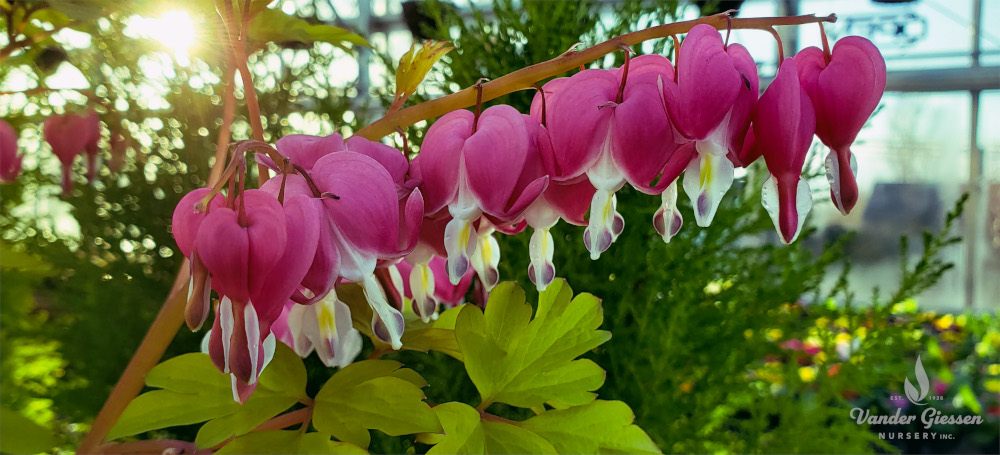
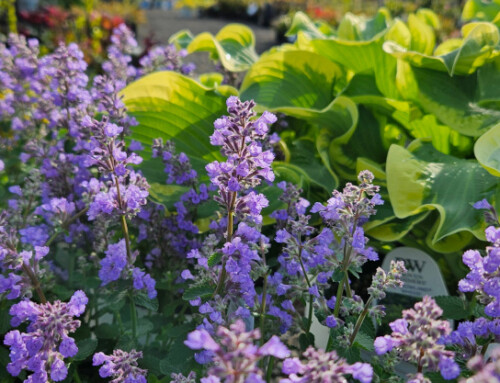
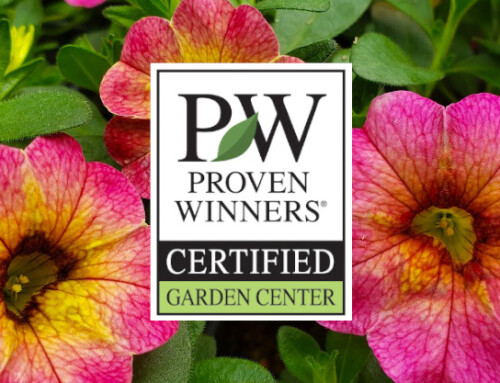

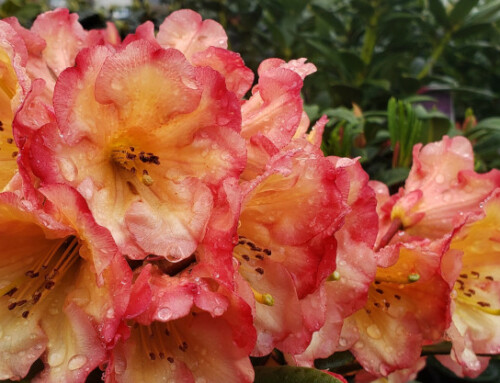
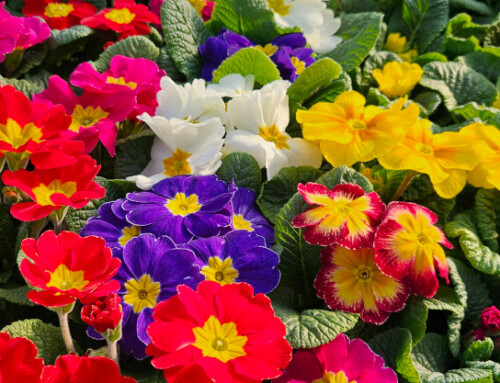
Leave A Comment